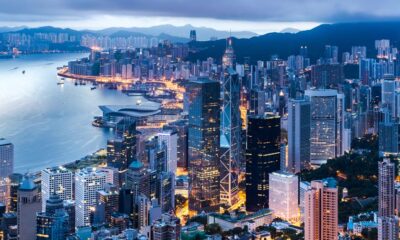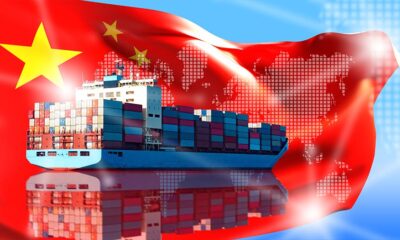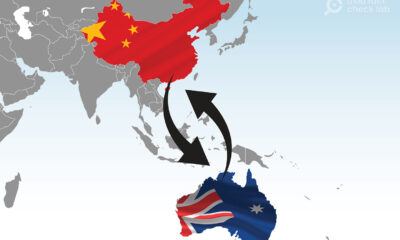China
The shifting US position over the Senkaku Islands
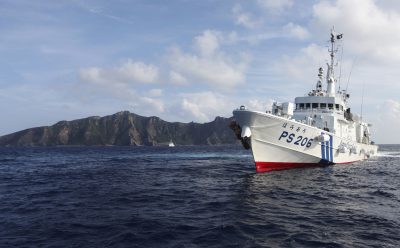
Author: Brian Victoria, Oxford Centre for Buddhist Studies
Since the Nixon administration, the United States has taken the position that territorial sovereignty over the Senkaku Islands was to be decided by the parties involved — Japan, China and Taiwan. From 1996 US diplomats have periodically confirmed that the Senkakus are covered under Article 5 of the US–Japan Security Treaty as Japanese-administered territory, but this was deliberately differentiated from a determination of sovereignty. In 2014, Barack Obama became the first sitting US president to verbally affirm that the United States would defend the islands if attacked, as they were currently under Japanese administration.
This was changed in February 2017 when US President Donald Trump further enhanced the US commitment to the Senkaku Islands. In a joint written declaration with former Japanese prime minister Shinzo Abe, Trump expressly stated that the Japan–US Security Treaty applies to the Senkaku Islands and that the United States opposes all unilateral actions aimed at contesting Japan’s administration over the islands. Trump became the first US president to express in writing the US obligation to defend the Senkakus without mentioning the provisional nature of Japanese sovereignty.
During his visit to Japan in early October, US Secretary of State Mike Pompeo called ‘for a new alliance of democracies’ to counter China. Meanwhile, as the United States and Japan began joint military exercises in the East China Sea in late October, Commander of US Forces Japan Lieutenant General Kevin Schneider stated that ‘the United States is 100 per cent absolutely steadfast in its commitment to help the government of Japan with the situation [of defending the Senkaku Islands]. That’s 365 days a year, 24 hours a day, seven days a week’.
The US commitment expressed by Pompeo and Schneider was welcomed by about 100 legislators of Japan’s governing Liberal Democratic Party who had recently called for joint Japanese and US military operations to strengthen control over the Senkaku Islands. The legislators’ proposal made clear that the ownership of the Senkakus remains an important issue for Japan, with numerous related articles in the Japanese press reporting on China’s incursions into the waters surrounding them.
What is notable is the almost complete absence of an accurate historical account of how the Senkaku Islands became Japanese territory. Japan typically asserts that the islands have been part of its territory since 1895. Their ownership is justified on the basis that Japan conducted surveys of the islands in 1884 and found them to be terra nullius, with no evidence to indicate they were under China’s control.
The reality is that the Senkaku Islands were first mentioned in a 15th century Chinese document describing a voyage to the Ryukyus from China. By the 17th century, Chinese sources clearly named the maritime boundary between the Senkaku Islands and the Ryukyus as the Heishuigou or ‘Black Water Trench’, an area of high turbulence that marks the edge of China’s continental shelf.
In 1720, deputy Chinese envoy Xu Baoguang collaborated with local Ryukyuan authors to compile the travelogue Zhongshan Chuanxin Lu or ‘Record of the Mission to Chusan’, which demarcated the westernmost border of the Ryukyuan kingdom at Kume-jima, south of the Heishuigou Trench.
Japan annexed the Ryukyu Kingdom in 1879, creating Okinawa Prefecture. It was not until 1885 that the governor of Okinawa Sutezo Nishimura petitioned the Meiji government to take control of the Senkaku Islands. In response, Minister of Foreign Affairs Kaoru Inoue noted that the islands lay near the border area with China and already had Chinese names.
Inoue also cited an article in a Chinese newspaper charging that Japan was occupying islands off China’s coast. Inoue feared that a Japanese claim on the Islands would anger China, possibly leading to war. Inoue’s concerns convinced Aritomo Yamagata, Minister of the Interior, to refuse the governor’s request.
It was not until 14 January 1895, in the closing stages of the First Sino–Japanese War of 1894–1895, that Japan secretly took control the Senkaku Islands. By that time, Japan was certain of victory and knew there was nothing China could do about the takeover.
By incorporating the islands prior to the Shimonoseki Peace Treaty on 17 April 1895, Japan sought to ensure that it would at least succeed in acquiring the islands. This allowed Japan to claim that since the takeover had taken place prior to the peace…
China
China Implements New Policies to Boost Foreign Investment in Science and Technology Companies

China’s Ministry of Commerce announced new policy measures on April 19, 2023, to encourage foreign investment in the technology sector. The measures include facilitating bond issuance, improving the investment environment, and simplifying procedures for foreign institutions to access the Chinese market.
On April 19, 2023, China’s Ministry of Commerce (MOFCOM) along with nine other departments announced a new set of policy measures (hereinafter, “new measures”) aimed at encouraging foreign investment in its technology sector.
Among the new measures, China intends to facilitate the issuance of RMB bonds by eligible overseas institutions and encourage both domestic and foreign-invested tech companies to raise funds through bond issuance.
In this article, we offer an overview of the new measures and their broader significance in fostering international investment and driving innovation-driven growth, underscoring China’s efforts to instill confidence among foreign investors.
The new measures contain a total of sixteen points aimed at facilitating foreign investment in China’s technology sector and improving the overall investment environment.
Divided into four main chapters, the new measures address key aspects including:
Firstly, China aims to expedite the approval process for QFII and RQFII, ensuring efficient access to the Chinese market. Moreover, the government promises to simplify procedures, facilitating operational activities and fund management for foreign institutions.
This article is republished from China Briefing. Read the rest of the original article.
China Briefing is written and produced by Dezan Shira & Associates. The practice assists foreign investors into China and has done since 1992 through offices in Beijing, Tianjin, Dalian, Qingdao, Shanghai, Hangzhou, Ningbo, Suzhou, Guangzhou, Dongguan, Zhongshan, Shenzhen, and Hong Kong. Please contact the firm for assistance in China at china@dezshira.com.
China
Q1 2024 Brief on Transfer Pricing in Asia
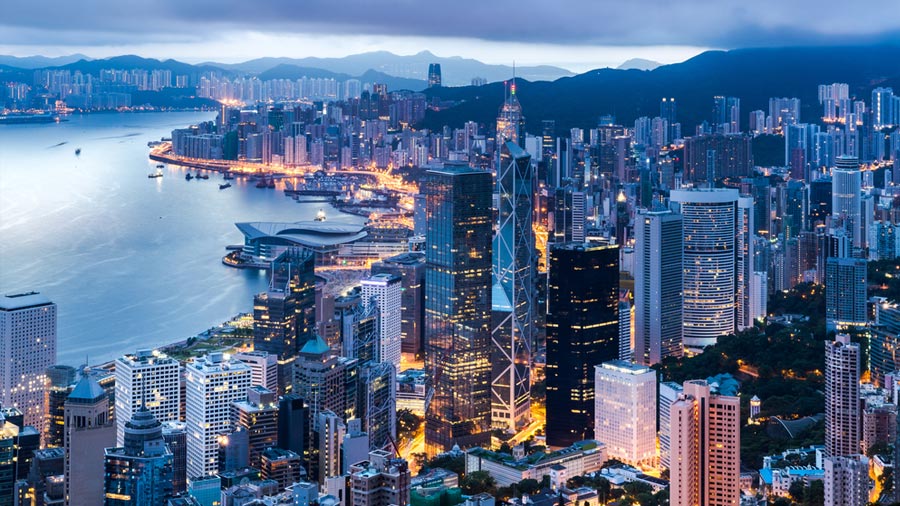
Indonesia’s Ministry of Finance released Regulation No. 172 of 2023 on transfer pricing, consolidating various guidelines. The Directorate General of Taxes focuses on compliance, expanded arm’s length principle, and substance checks. Singapore’s Budget 2024 addresses economic challenges, operational costs, and sustainability, implementing global tax reforms like the Income Inclusion Rule and Domestic Top-up Tax.
Indonesia’s Ministry of Finance (MoF) has released Regulation No. 172 of 2023 (“PMK-172”), which prevails as a unified transfer pricing guideline. PMK-172 consolidates various transfer pricing matters that were previously covered under separate regulations, including the application of the arm’s length principle, transfer pricing documentation requirements, transfer pricing adjustments, Mutual Agreement Procedure (“MAP”), and Advance Pricing Agreements (“APA”).
The Indonesian Directorate General of Taxes (DGT) has continued to focus on compliance with the ex-ante principle, the expanded scope of transactions subject to the arm’s length principle, and the reinforcement of substance checks as part of the preliminary stage, indicating the DGT’s expectation of meticulous and well-supported transfer pricing analyses conducted by taxpayers.
In conclusion, PMK-172 reflects the Indonesian government’s commitment to addressing some of the most controversial transfer pricing issues and promoting clarity and certainty. While it brings new opportunities, it also presents challenges. Taxpayers are strongly advised to evaluate the implications of these new guidelines on their businesses in Indonesia to navigate this transformative regulatory landscape successfully.
In a significant move to bolster economic resilience and sustainability, Singapore’s Deputy Prime Minister and Minister for Finance, Mr. Lawrence Wong, unveiled the ambitious Singapore Budget 2024 on February 16, 2024. Amidst global economic fluctuations and a pressing climate crisis, the Budget strategically addresses the dual challenges of rising operational costs and the imperative for sustainable development, marking a pivotal step towards fortifying Singapore’s position as a competitive and green economy.
In anticipation of global tax reforms, Singapore’s proactive steps to implement the Income Inclusion Rule (IIR) and Domestic Top-up Tax (DTT) under the BEPS 2.0 framework demonstrate a forward-looking approach to ensure tax compliance and fairness. These measures reaffirm Singapore’s commitment to international tax standards while safeguarding its economic interests.
Transfer pricing highlights from the Singapore Budget 2024 include:
This article is republished from China Briefing. Read the rest of the original article.
China Briefing is written and produced by Dezan Shira & Associates. The practice assists foreign investors into China and has done since 1992 through offices in Beijing, Tianjin, Dalian, Qingdao, Shanghai, Hangzhou, Ningbo, Suzhou, Guangzhou, Dongguan, Zhongshan, Shenzhen, and Hong Kong. Please contact the firm for assistance in China at china@dezshira.com.
China
New Report from Dezan Shira & Associates: China Takes the Lead in Emerging Asia Manufacturing Index 2024
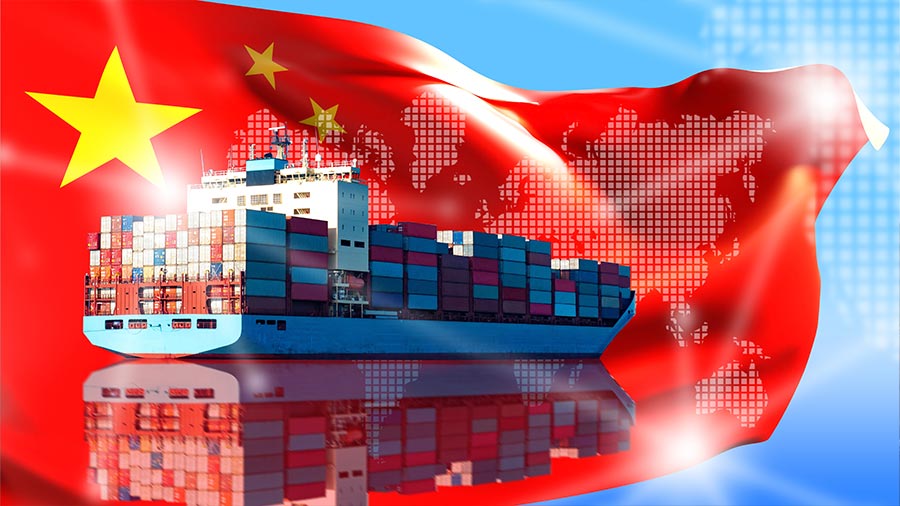
China has been the world’s largest manufacturer for 14 years, producing one-third of global manufacturing output. In the Emerging Asia Manufacturing Index 2024, China ranks highest among eight emerging countries in the region. Challenges for these countries include global demand disparities affecting industrial output and export orders.
Known as the “World’s Factory”, China has held the title of the world’s largest manufacturer for 14 consecutive years, starting from 2010. Its factories churn out approximately one-third of the global manufacturing output, a testament to its industrial might and capacity.
China’s dominant role as the world’s sole manufacturing power is reaffirmed in Dezan Shira & Associates’ Emerging Asia Manufacturing Index 2024 report (“EAMI 2024”), in which China secures the top spot among eight emerging countries in the Asia-Pacific region. The other seven economies are India, Indonesia, Malaysia, the Philippines, Thailand, Vietnam, and Bangladesh.
The EAMI 2024 aims to assess the potential of these eight economies, navigate the risks, and pinpoint specific factors affecting the manufacturing landscape.
In this article, we delve into the key findings of the EAMI 2024 report and navigate China’s advantages and disadvantages in the manufacturing sector, placing them within the Asia-Pacific comparative context.
Emerging Asia countries face various challenges, especially in the current phase of increased volatility, uncertainty, complexity, and ambiguity (VUCA). One notable challenge is the impact of global demand disparities on the manufacturing sector, affecting industrial output and export orders.
This article is republished from China Briefing. Read the rest of the original article.
China Briefing is written and produced by Dezan Shira & Associates. The practice assists foreign investors into China and has done since 1992 through offices in Beijing, Tianjin, Dalian, Qingdao, Shanghai, Hangzhou, Ningbo, Suzhou, Guangzhou, Dongguan, Zhongshan, Shenzhen, and Hong Kong. Please contact the firm for assistance in China at china@dezshira.com.


